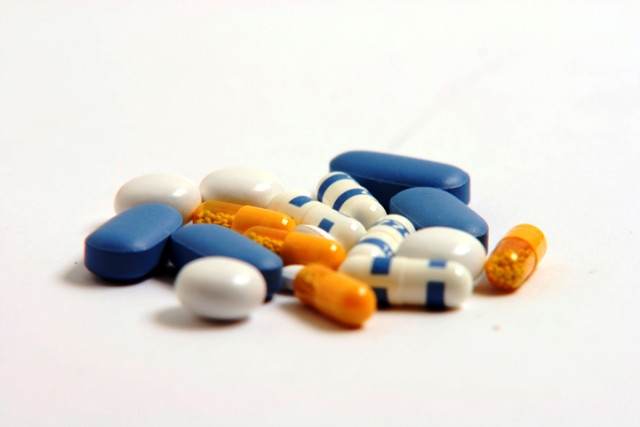Drug laboratory finds itself suffering from overdose of expectations
The laboratory has to provide ‘fitness certificates’ to 30,000 medicines in the country.

The country’s premier drug testing laboratory, which is facing a shortage of experienced staff members as well as funds, may not be performing its job of checking the quality of medicines all over the country.
The Central Drug Laboratory (CDL) is working under the Drugs Act 1976, and falls under the ambit of the Drugs Regulatory Authority of Pakistan. The CDL, which was allocated nearly Rs18 million last year, is responsible for issuing “fitness certificates” to 30,000 of the 60,000 medicines that are manufactured in Pakistan. After paying staff salaries and house rent, the laboratory was left with Rs3.8 million for its operating expenses.
Genetically engineered drugs, herbal and homeopathic medicines and nearly 1,400 drugs imported drugs do not need CDL’s approval.
A senior official of the laboratory who wished to remain unnamed added that CDL currently had five qualified people working for it, who were hardly trained about changes in the global pharmaceutical industry. Around seven vacancies exist for the post of assistant drug controllers, while the entire lower staff has yet to graduate from university. The lab also lacks an advanced nuclear magnetic resonance machine, a fourier transform near infrared machine and latest versions of high performance liquid chromatography.
Meanwhile, a private laboratory in the country can conduct tests on up to 100 medicinal products, operate on an annual budget of Rs500 million, and consist of nearly 50 qualified staff members.
Dr Obaid Ali, the federal government analyst at the lab, could not help but refer to the mismatch between the laboratory’s responsibility to check manufactured drugs for quality, safety, efficacy and purity and the amount of resources it had at its disposal. He added that since CDL only tests few of nearly millions of batches of each drug, there was a possibility that the medicine would contain impurities, organic solvents and contaminants.
Published in The Express Tribune, July 1st, 2012.



















COMMENTS
Comments are moderated and generally will be posted if they are on-topic and not abusive.
For more information, please see our Comments FAQ